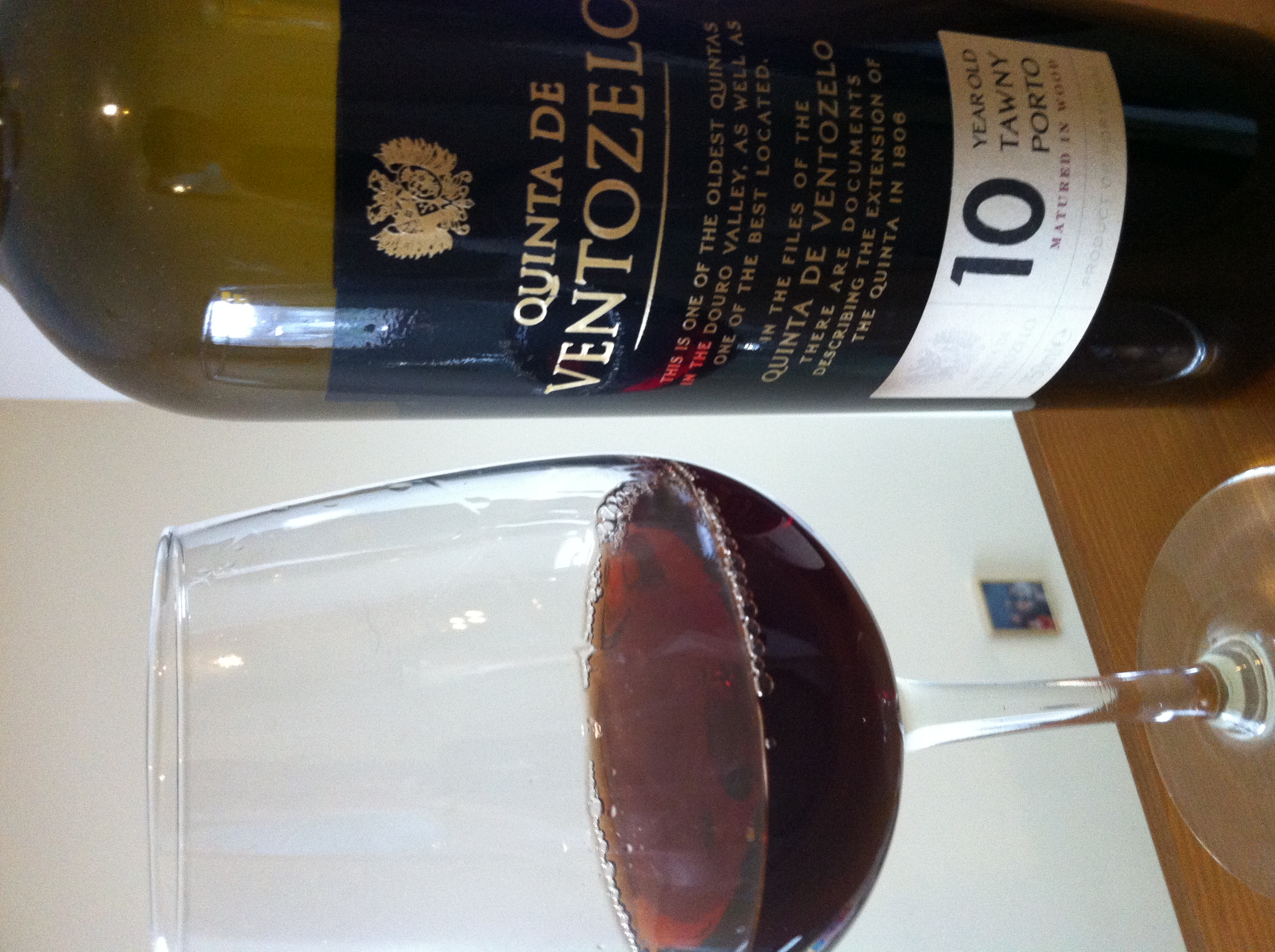
Port wine
Port wine (Portuguese: vinho do Porto, Portuguese: [ˈviɲu ðu ˈpoɾtu]; lit. 'wine of Porto'), or simply port, is a Portuguese fortified wine produced in the Douro Valley of northern Portugal.[1] It is typically a sweet red wine, often served with dessert, although it also comes in dry, semi-dry, and white varieties.
"Port Wine" redirects here. For the locality in Barcaldine, Queensland, Australia, see Port Wine, Queensland.Other port-style fortified wines are produced outside Portugal – in Argentina, Australia, Canada, France, India, Italy, South Africa, Spain, and the United States – but under the European Union Protected Designation of Origin guidelines, only wines from Portugal are allowed to be labelled "port".[2][3]
Properties[edit]
Port wine is typically richer, sweeter, heavier, and higher in alcohol content than unfortified wines. This is caused by the addition of distilled grape spirits that fortify the wine, but also halt fermentation before all the sugar is converted to alcohol, and results in a wine that is usually 19% to 20% alcohol.
Port is commonly served after meals as a dessert wine in English-speaking countries, often with cheese, nuts, or chocolate; white and tawny ports are often served as an apéritif. In Europe, all types of ports are frequently consumed as apéritifs.
Port houses[edit]
Producers of port wine are often called "shippers". In the early history of the port wine trade, many of the most powerful shipping families were British (English and Scottish) and Irish; this history can still be seen in the names of many of the most famous port wines. Over the years Portuguese, as well as Dutch and German-owned shippers have also become prevalent in the port industry.
Porto, a World Heritage Site, is home to many famous port houses located near the Douro River, making the shipping of port wine easy. Some of these port houses are private, while others are open to public tours and visits.[37][38]
As a historical remedy for illness[edit]
Port has been used in the past as a healing agent in earlier remedies. The British Prime Minister William Pitt the Younger was given port for gout as a boy. He began at the age of 14 (1773) with a bottle a day according to J. Ehrman (1969), The Younger Pitt.[39] Heavy alcohol consumption is known to exacerbate gout.
A recurring theme in the novels of Anthony Trollope is the partiality of respectable elderly ladies for port, which they excuse on the grounds that it is "medicinal".
Chemistry[edit]
Aged port wine contains a family of bluish phenolic pigments called portosins (vinylpyranoanthocyanins)[40] and oxovitisin A, an oxovitisin, a type of pyranoanthocyanin with a 2-pyrone component.[41]